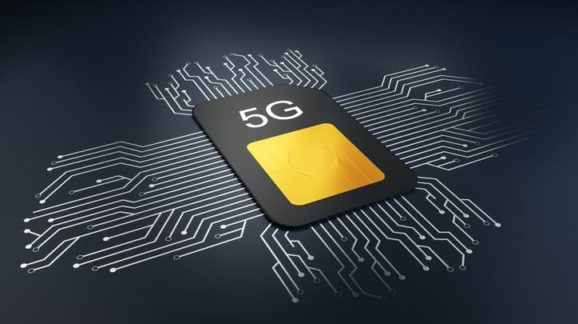FCC Approves More Critical Mid-Band Spectrum for 5G

Photo Credit: Getty
Today, the Federal Communications Commission (FCC) held a meeting where the commissioners voted to adopt two orders that will make more spectrum available for speedy 5G wireless broadband. Once mobile carriers gain access to this spectrum, they will use it to make available to U.S. consumers affordable, fast Internet connectivity on the go—and at home.
As I explained on these pages earlier this month, spectrum is:
the medium by which our laptops, tablets, and smartphones send and receive information wirelessly. Although spectrum surrounds us, it is not a limitless resource. It can carry only so much information within a finite space. Fortunately, as technology has improved over the years, spectrum can be used more efficiently than ever. The first iPhone, which came out in 2007, struggled to stream low-quality video without a Wi-Fi connection. Today’s 5G-enabled smartphones can stream multiple simultaneous 4K streams—if they can access a 5G network.
Today’s FCC vote means that valuable spectrum will migrate from inefficient uses to vastly more efficient ones. For instance, one of the FCC orders will free up spectrum in the 4.9 GHz band. As Ross Marchand of the Taxpayers Protection Alliance explains, this band—currently allocated for public safety purposes—has, to date, fallen far short of its potential.
The FCC also voted to today to move a large band of spectrum currently allocated “for high-powered defense radar systems” to the commercial wireless sector. This will enable wireless carriers to build out 5G network more quickly, while encouraging competition among carriers by expanding the pool of available spectrum.
For more on spectrum and mobile broadband, see this 2017 white paper that explains how market mechanisms can improve how spectrum is allocated, delivering potentially massive welfare gains to consumers.